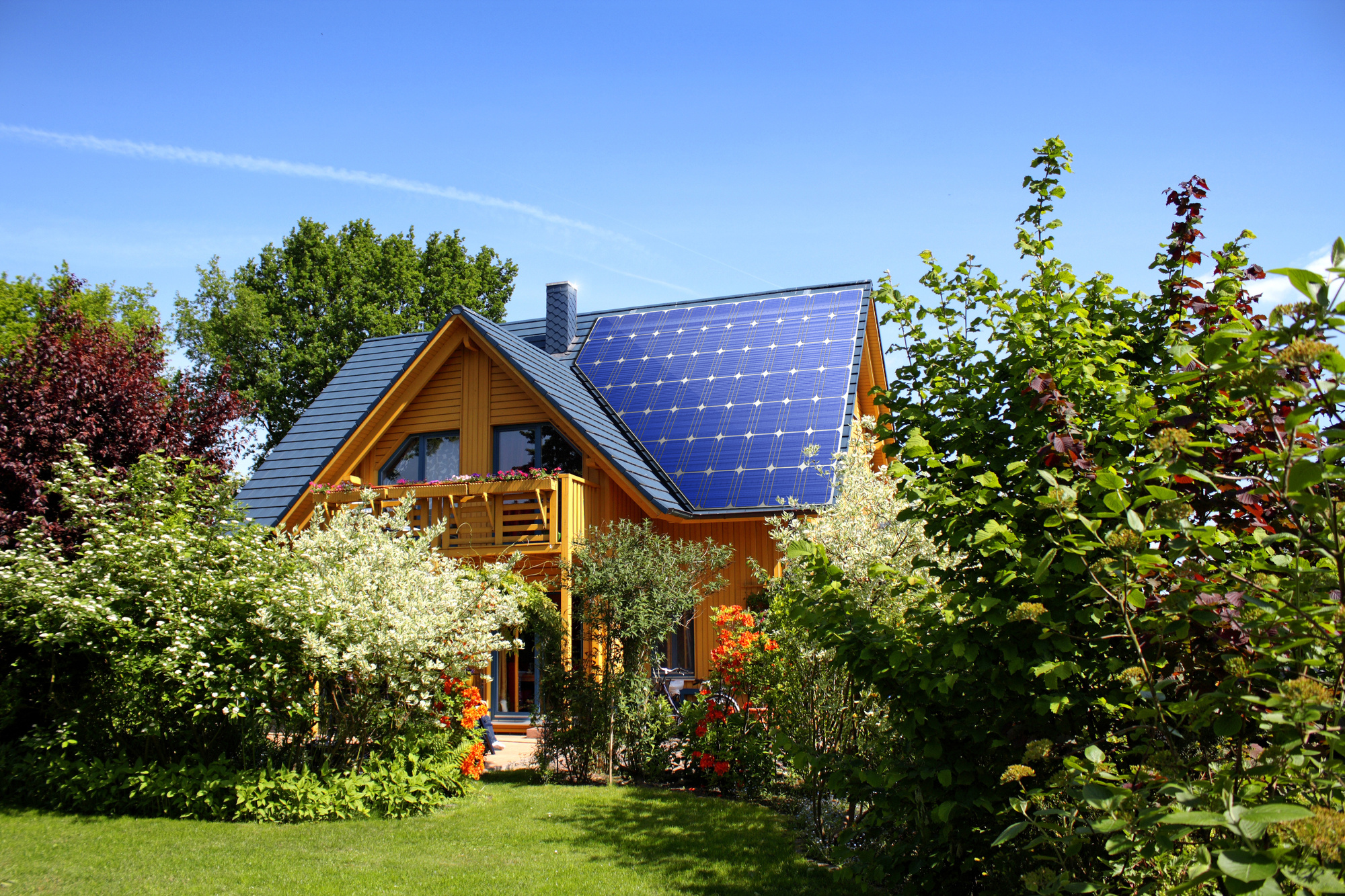In some parts of the country, water is a precious resource that often becomes scarce in the hottest months. Water conservation isn’t just a buzzword, it’s a compulsory way of life. Sustainable homes act as a counterbalance to the changing climate.
The average person can use over 80 gallons of water every day, just from basic rinsing, washing, and showering habits. Taking shorter showers can only do so much, so rather than focus on saving a few gallons here and there, why not take a more fundamental approach?
Here are some major ways that you can save water, reduce usage, and reuse as much as you can.
Collecting and Reusing Water
Do you get a decent amount of rain in your area? Well, what if you could use that rain for more than just watering the garden? You can capture gallons of rainwater easily if you have a capture system setup.
There are water collection systems that can be installed above or below the ground to collect runoff from your home and/or ground, which can then be stored in large water tanks.
Water can also be reused from seemingly dirty water, i.e. laundry and dishwashing machines, showers, and sinks. This water may not be portable, but what it is good for is flushing the toilet or watering the garden, depending on if it has cleaning agents in it or not.
Having a collection tank alleviates a lot of stress with water conservation, especially in mandatory parts of the country. For new sustainable homes, this should be something planned in advance to account regulations and permits.
Landscaping and Irrigation
Water being used for yards makes up such a huge portion of water usage, that’s why it is always first to be limited or banned during a drought. Irrigation can use as much as half of all potable water per household. The real problem here is that much of this water is further wasted due to runoff.
Plants can only absorb so much through their roots, which is why smart landscaping and irrigation not only saves water but also improves plant health. We have the landscaping and technological tools to conserve our natural resources and they can easily transform old homes into sustainable homes.
For example, programmable sprinklers take the guesswork out of watering lawns and gardens. These smart irrigation systems take a measurement of how much water is used and shut off based on how much water is needed. A smart irrigation system incorporates a runoff collection system to collect rain and wastewater, so your yard is never without.
Choosing the right plants to take advantage of the landscape also helps. Desert plants are perfect examples of low-water, high yield plants. Sustainable homes with smart landscaping also means less watering and less money spent keeping plants happy.
For those without the green thumb, learning gardening with a water conservative system just makes more sense.
Lowering In-Home Water Usage
Now, even though a lot of water can be saved and reused outside, mitigating how much water is used inside is the simplest of solutions. Replacing fixtures and appliances can give you direct results without any expert knowledge.
Choosing low-flow faucets for the sinks, bath, and shower will lower most water footprints by a third. You know that your faucet is water-friendly by looking for the WaterSense seal by the EPA. And, despite some negative opinions on low-flow toilets, they are just as effective at flushing but use under a quarter of the water.
Dishwashers and, more importantly, washing machines, are another huge water-saver. Start with models that pass Energy Star efficiency tests. The most efficient washing machines can use less than 5,000 gallons of water per year, which is over three times less than non-Energy Star older models. Just imagine how much water an entire neighborhood of sustainable homes can save with just appliances alone.
Bioremediation and Natural Conservation
The best sustainable homes are built with conservation in-mind from the foundation. Take, for example, single slant roofs. These roofs make runoff collection effortless, as all the water is directed to a single channel and into a storage container.
Water storage is another important step in conservation. how it gets reused depends on its location and how it is fed back out for usage. Scientists and engineers have come up with a way to filter reclaimed water through a process called bioremediation.
What bioremediation means is essentially using plant’s natural ability to filter, such as fungus, seaweed, microbiological life, and so forth. It sounds advanced, but this is actually a staple in waste-treatment plants, who have been using plant life on a massive scale.
Along with solar and other forms of alternative solutions, bioremediation is going to be a boon for sustainable living and conserving natural resources.
Setting the Trend for Sustainable Homes
By changing your water efficiency and sustainability habits, you can lead by example. It sets off a chain-reaction, where your neighbors will notice your savings and green lifestyle and naturally want to join in.
Promoting green solutions isn’t just about the coolness factor of the technology (although, it is very cool). Utilizing and improving the efficiency of how we use water just feels natural. It is also worth noting the impact this can have on extreme weather events.
In the case of heavy rains, permeable pavement is a life-saver for the city sewers, while also further keeping soils healthy. Smart irrigation prevents loss of plant life, as well. Your water storage makes for less panic when drier weather returns, keeping your lawns green and strong.
If you need more help with ideas on how to transform your home into a more efficient system of conservation, feel free to contact us. We know a thing or two about renewing, recycling and reusing.
Remember, you don’t have to change everything all at once, we can show you how to get the best bang for your buck.










